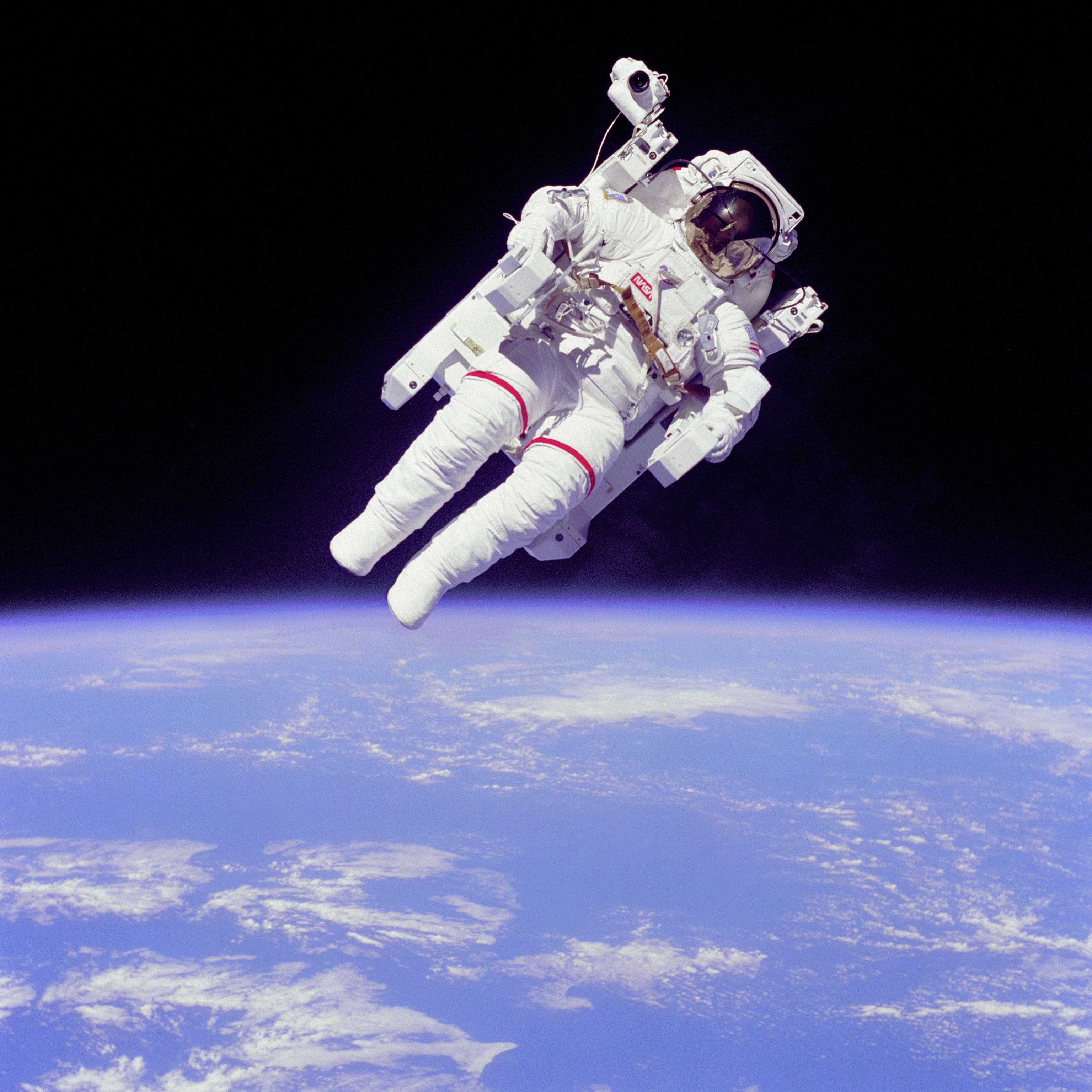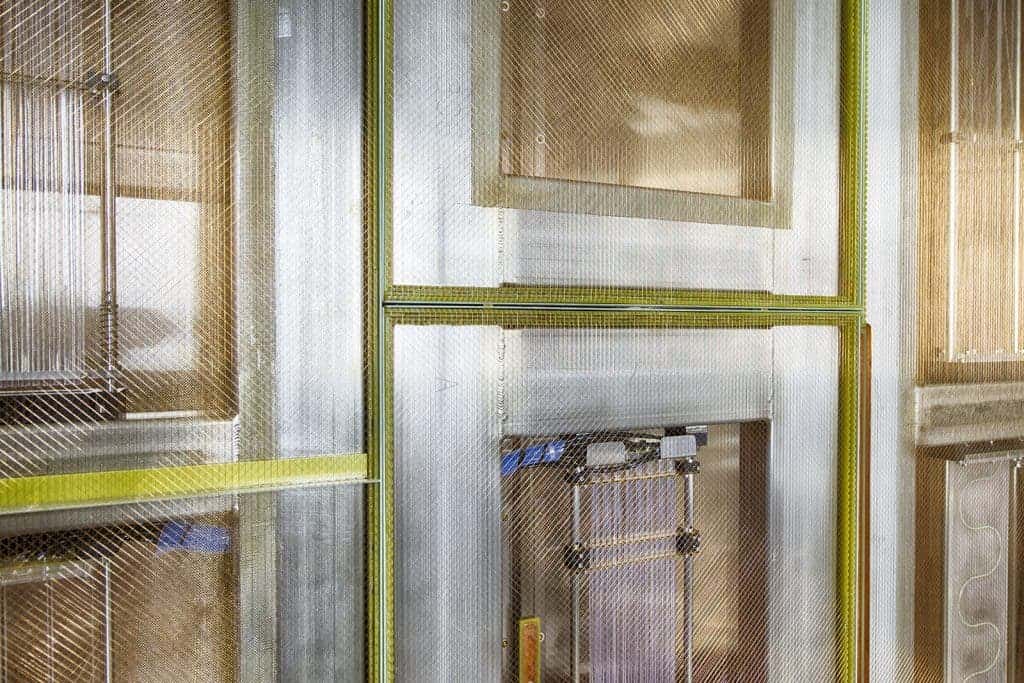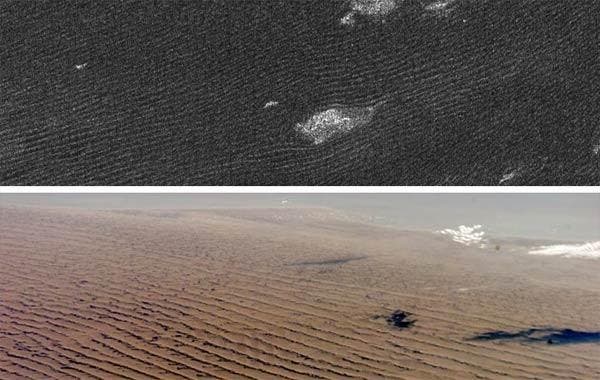In Frank Herbert’s science fiction masterpiece “Dune,” the Fremen inhabitants of the desert planet Arrakis wear stillsuits — sophisticated garments that capture and recycle the body’s moisture. Now, researchers want to build something similar for astronauts.

Going out for a spacewalk is not easy. Not only do you need a suit to protect you from radiation and the cold, but you also have to do your business in this uncomfortable suit. Sometimes, your “business” involves things like peeing. When astronauts go on spacewalks, they use something called a “Maximum Absorbency Garment” (MAG) — essentially a glorified diaper — to take care of urine.
That may soon change.
A recent study conducted by researchers at Weill Cornell Medicine proposes a groundbreaking solution that could significantly improve astronaut hygiene, health, and overall mission efficiency with a suit that resembles sci-fi technology.
Space diapers
Spacewalks usually last between 5 and 8 hours, and astronauts typically don’t eat or drink too much before one. This reduces their overall ability to perform. Additionally, if they need to urinate, they could spend hours with the wet diaper. Naturally this is both distressing and can lead to infections.

Astronauts have long complained about this lack of comfort and hygiene of the MAG, says Sofia Etlin, a research staff member at Weill Cornell Medicine and Cornell University, and the study’s first author.
“The MAG has reportedly leaked and caused health issues such as urinary tract infections and gastrointestinal distress. Additionally, astronauts currently have only one liter of water available in their in-suit drink bags. This is insufficient for the planned, longer-lasting lunar spacewalks, which can last ten hours, and even up to 24 hours in an emergency,” said Etlin.
With the upcoming Artemis II and III missions, where a crew is set to orbit the Moon and land on its south pole, the problem will get even bigger. When we consider more long-term missions (potentially even to Mars), the space diaper becomes simply unacceptable.
This is where the new suit comes in.
Modern problems and modern solutions
The new system replaces the absorbent MAG with a modified version. It now incorporates a silicone urine collection cup tailored to male and female anatomies. The cup, lined with antimicrobial fabric, collects urine, which is then removed via a vacuum pump triggered by a humidity sensor.
It all measures 38 by 23 by 23 cm and weighs approximately eight kilograms: sufficiently compact and light to be carried on the back of a spacesuit. The design not only reduces the time urine remains in contact with the skin but also minimizes the risk of infections.
“The design includes a vacuum-based external catheter leading to a combined forward-reverse osmosis unit, providing a continuous supply of potable water with multiple safety mechanisms to ensure astronaut wellbeing,” says Etlin.

It’s not just this, but the suit can also filter urine and turn it into drinking water.
Once collected, the urine undergoes a two-step filtration process using forward osmosis (FO) and reverse osmosis (RO). This method was adapted from NASA’s Alternative Water Processor on the ISS. The system filters urine into potable water, targeting a water recovery rate of at least 75%. It is also designed to maintain low salt levels and effectively remove major urine solutes, making the water safe for consumption.
Inspiration from Dune
For long-term missions to Mars or the Moon, where sending resources is challenging, this efficiency will greatly come in handy. By recycling nearly all human wastewater, this technology aligns with the broader goals of sustainability and resource efficiency in space exploration. Thus, it paves the way for more long-term missions.
The technology is also remarkably similar to the “stillsuits” described in Dune.

The fictional planet Arrakis (informally called Dune) is extremely dry with very little water. So, its inhabitants went to extreme lengths to conserve water.
Much like the stillsuit, which conserves and purifies the wearer’s sweat, urine, and other waste to provide hydration in the harsh desert environment, this advanced spacesuit technology utilizes forward and reverse osmosis to filter astronaut urine into drinkable water, ensuring sustainable hydration and hygiene during long-duration spacewalks.
Although our space missions are likely not going to be that extreme, it’s still an important step forward. This system can not only enhance the quality of life for astronauts but also set a new standard for future space missions. The successful implementation of such technologies will undoubtedly contribute to the advancement of deep space exploration and the long-term presence of humans beyond Earth.
The prototype is available, and researchers are now keen to test it in realistic environments. The aim is for it to be usable in space missions as quickly as possible.
“Our system can be tested in simulated microgravity conditions, as microgravity is the primary space factor we must account for. These tests will ensure the system’s functionality and safety before it is deployed in actual space missions,” concludes Christopher E. Mason, a professor at the same institute as Etlin and the study’s lead author.
The study was published in Frontiers in Space Technology.






